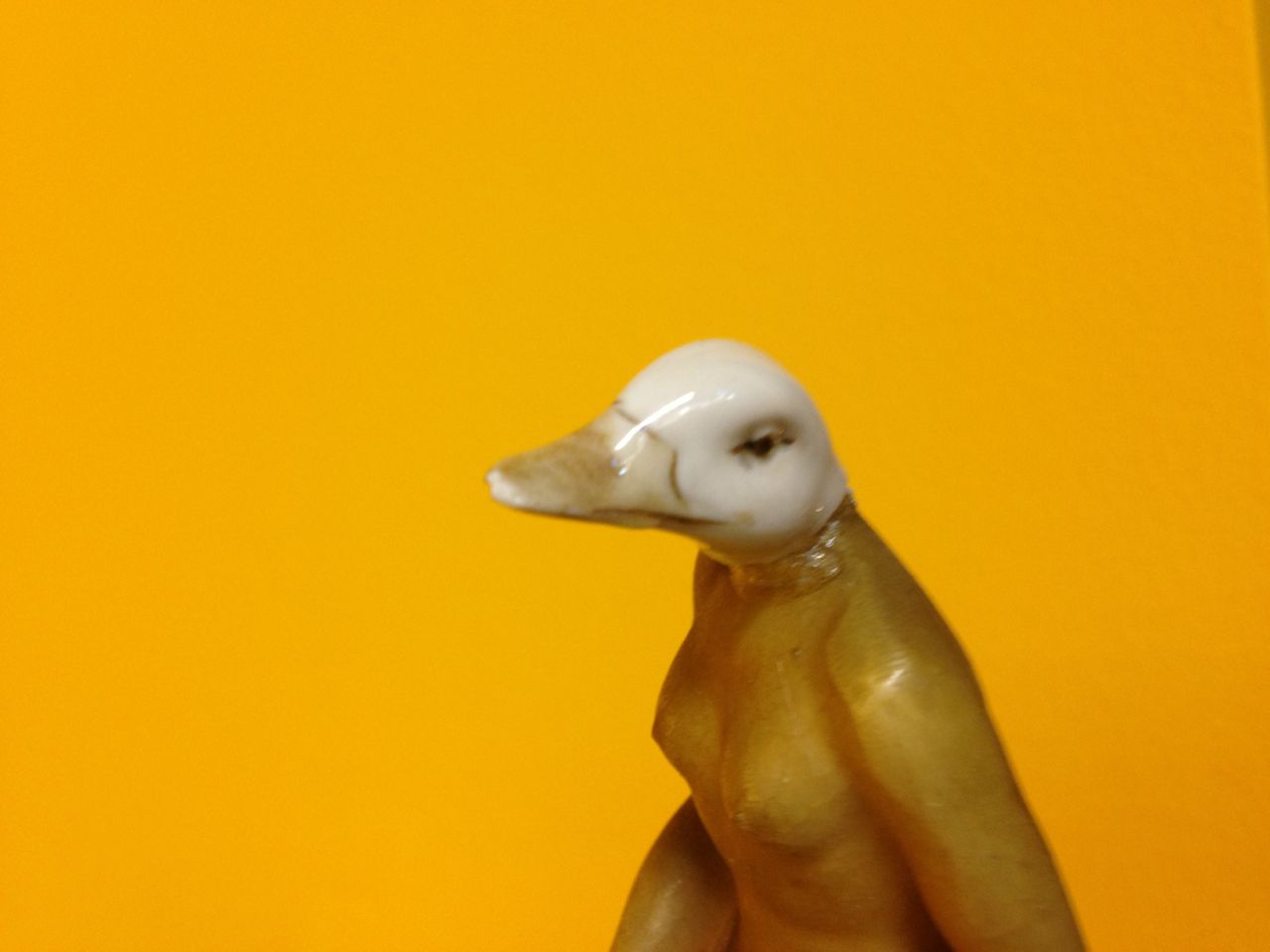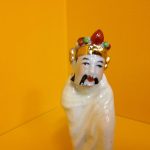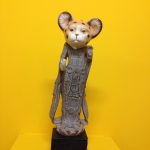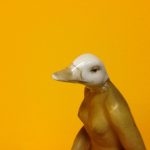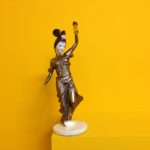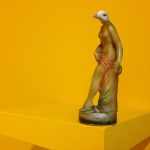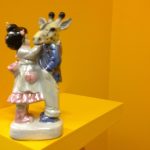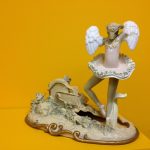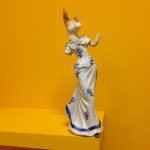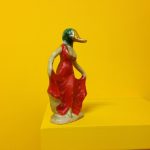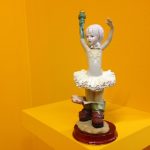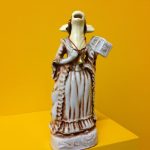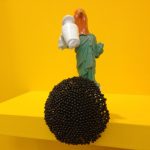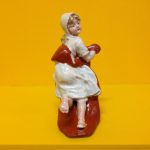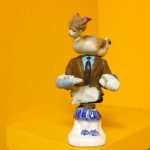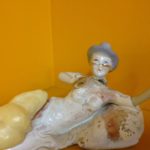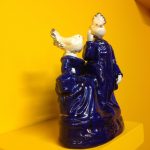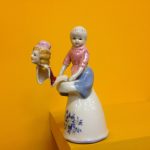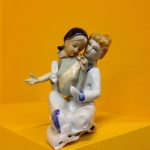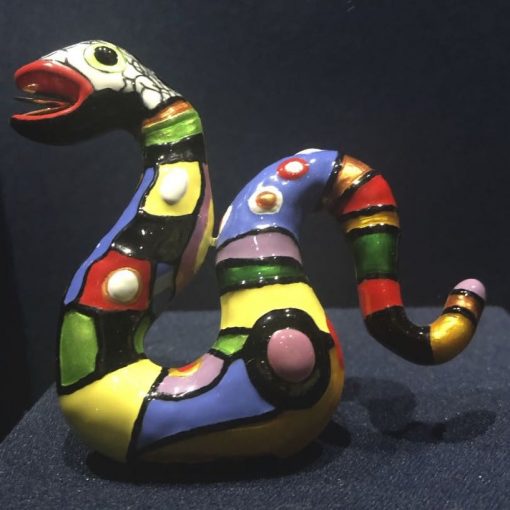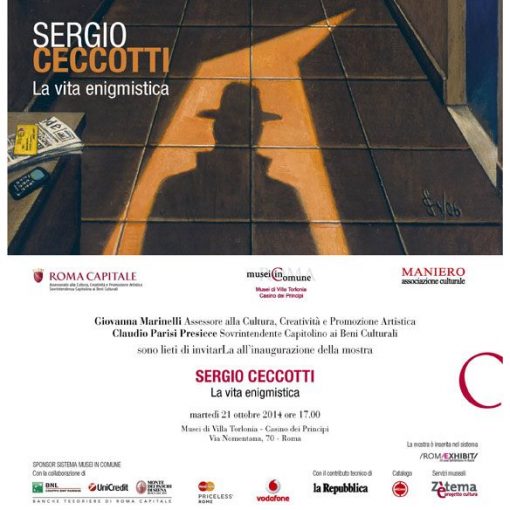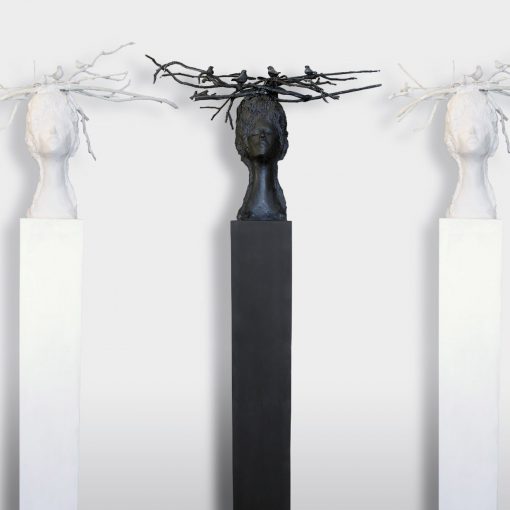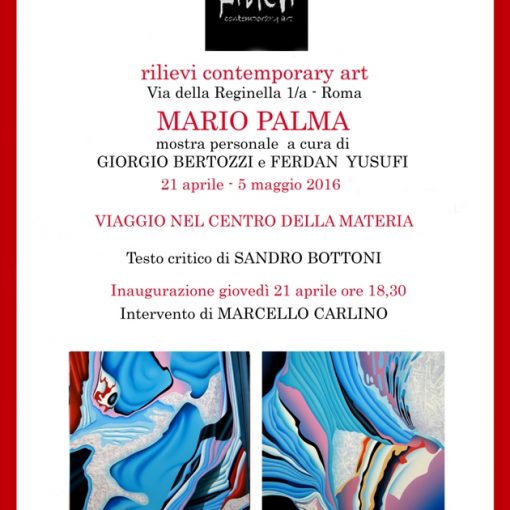ARTER is hosting, between 2 May and 11 August 2013, Volkan Aslan’s solo exhibition entitled “Don’t Forget to Remember”. Curated by Emre Baykal, the exhibition is conceived as a larger installation consisting of seven new pieces alluding to personal and social reflexes and sentiments about the days of the week. “Don’t Forget to Remember” has been realised in line with ARTER’s mission of supporting new productions.
In “Don’t Forget To Remember” Volkan Aslan is interested in a subjective perception of time in which its linear flow is interrupted through the act of ‘remembering’ and ‘forgetting’. As our weekly calendars thrust us collectively forward, the ‘days’ in “Don’t Forget To Remember” draw Aslan back towards the past, and towards the impressions that occupy his personal memory.
Volkan Aslan uses the ‘week’ as the backbone of the exhibition. He connects each day to his own personal experiences and perceptions by associating them with various readymade objects and templates. In doing so, he infuses the days of the week with his personal rhythm and sense of time.
Volkan Aslan’s exhibition “Don’t Forget to Remember” will run simultaneously with Mat Collishaw’s solo exhibition “Afterimage” at ARTER from 2 May to 11 August 2013, Sunday.
“Monday: Illuminated Days” kicks off the week the moment we enter the space. The first and busiest working day of the week takes the form of a ceiling decoration. Its repetitive pattern draws inspiration from Seljuk and Ottoman motifs, which the artist first saw on the ceilings of his primary school. Employing this pattern as a template for the work, Aslan applies it to the ceiling of the exhibition space with fluorescent lamps used in public offices.
In “A day gone by, gone from life”, which corresponds to Tuesday, consists of black-and-white photographs. Taken at the Istanbul Textile Traders’ Market where Aslan visits the artist-run space 5533 almost every Tuesday, these photos represent the circular movement of a man carrying a rolled-up carpet in seven steps.
The geometry of Monday and Tuesday is turned into an absurd symmetry on Wednesday. The video entitled “– Where’s the water? – The cow drank it” attempts to establish a similar symmetric balance for the idle days of the week. Shot using a mobile phone on a sunny day during a seaside holiday, the video is shown on a screen divided into three, thus creating a mirror effect.
The readymade object of Thursday is the “Smiley” emoticon, one of the most widely recognised icons in the world. “Welcome” is a performative intervention which involves the exhibition attendant, who, for security and institutional reasons, is present in the exhibition space during visiting hours. Aslan gives him a “Smiley” mask and makes him an actual part of the exhibition.
In “Miscalculation”, which corresponds to Friday, Aslan brings a crystal chandelier into the exhibition space. The chandelier seems to have fallen onto the floor instead of hanging high above us, as if the length of its cable was miscalculated while it was being hung; and its bulbs seem to wink to the fluorescent lamps that draw patterns on the ceiling.
The light and loose rhythm of weekends (the days reserved for forgetting rather than remembering) is associated with cartoon characters and statuettes. Aslan assembles these childhood heroes—the ones he spent happy weekends with—in a studio for a big “Family Picture” and makes a video recording of their reunion on a Saturday. Dressed up in clothes that he has ordered over the Internet from a company marketing party and festival costumes, a group of friends are asked to pose to the gaze and lens of a studio photographer—a gesture already very familiar from the family pictures of his childhood years.
“Fragile” invades the whole exhibition space, just like our hobbies, which we can only enjoy in our spare time, but then seem to take over the entire house with their mess. Aslan collects statuettes from flea markets and hybridises them by gluing their broken parts onto one another. Sunday is illustrated in this obsessive break-and-paste act that results in unique and disturbing objects.![]()

